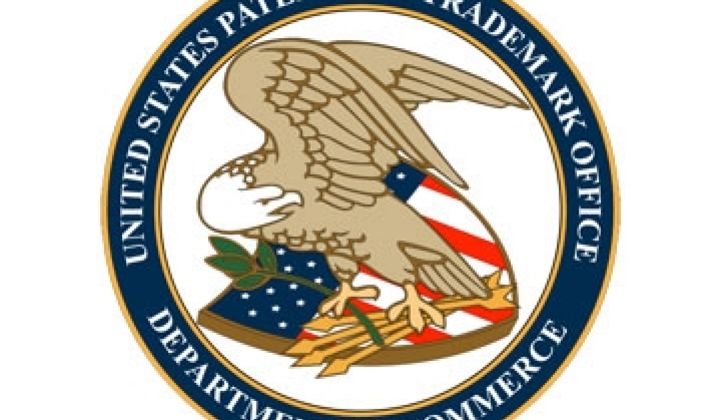Some initial reports indicate that the response to the program has been “underwhelming” so far, with well short of the 3,000 available slots being filled (see Patents.com post here).
Moreover, the vast majority of petitions that have actually been filed are being denied. As I discovered first-hand, the most common grounds for denial of a green tech petition is that the patent application is not in an eligible technology class and subclass.
This is at least in part because the universe of eligible classes and subclasses represents only a subset of technology that is actually green.
The question of technology class is not one patent practitioners typically consider in the ordinary course of patent prosecution. However, it is crucial to acceptance into the Green Technology Pilot Program and can make navigating the program quite tricky.
I recently filed a petition with the program and had the petition rejected for being in an ineligible class. After some research, telephone calls with PTO employees, and claim amendments, my petition for reconsideration was granted and the application accepted into the program.
Based on my experience, here is a suggested framework for getting a patent application that has not yet been assigned a class/subclass, or has been assigned an ineligible class/subclass, classified or reclassified, respectively, in an eligible technology class.
First, peruse the list of technology classes and subclasses eligible for the program and select a few that seem good candidates for the patent application (see the list of eligible classes/subclasses in the notice of program here).
Then, research those classes/subclasses on the PTO web site. The full list of technology classes and subclasses can be searched via the patent classification home page.
Each class covers a broad technology category, and each subclass a particular aspect of that technology. Significantly, each subclass has a definition that includes key words or concepts that trigger assignment of a patent application into that subclass.
Study the key words and concepts to determine whether they match any elements of your patent claims or whether the claims could be amended to match the subclass.
The key, I discovered, is to amend the most comprehensive claims of the application, meaning the dependent claims that incorporate the most invention features, or limitations, because it is these claims the PTO looks at to determine the appropriate classification.
At this point, I believe an important step is to get some direction from inside the PTO, specifically from the supervisory patent examiner (SPE) in charge of the particular technology class you’re targeting.
To do this, figure out the PTO art unit that handles the target technology class or classes. That info is available at this PTO web page.
I found that the SPEs are quite helpful and will provide some direction as to what types of features need to be in the claims to get the application into a particular technology class and subclass. They can’t guarantee success, of course, but they can provide some reassurance that you’re heading in the right direction with your claim amendments.
Next, prepare a preliminary amendment that amends a number of dependent claims to incorporate the key words and concepts of one or more of the target subclasses in accordance with the feedback of the SPE.
The preliminary amendment accompanies the petition, which should contain a list of the target classes/subclasses and a statement that the applicant believes the application is appropriately classified in one or more of those subclasses because of the particular features in the amended claims.
If your initial petition for the program has been rejected and you’ve drafted claim amendments in the context of asking for reconsideration of the rejection decision, there is one important final step.
You should initiate a telephone call with the PTO employee who will receive your petition for reconsideration. The notice of rejection should list a name and phone number for an individual you can call with questions about the decision.
I had several conversations with the individual listed in our initial notice of rejection. He was very helpful and suggested that I call a day or two after I filed the petition for reconsideration and preliminary amendment to give him a head’s-up that the petition was on its way.
I suggest that other applicants do the same as a means of ensuring that the individual is aware of your efforts and that the petition has been filed. Your contact may also confirm that he or she will forward your petition to the SPE in charge of the class/subclass into which you’re trying to achieve acceptance. This extra step could help push your application over the finish line.
Why go through all this effort? An application accepted into the Green Technology Pilot Program jumps to the front of the line and begins examination immediately instead of languishing for what can be 2-3 years to be examined in the ordinary course.
Eric Lane is a patent attorney at Luce, Forward, Hamilton & Scripps in San Diego, where he is in the Intellectual Property and Climate Change & Clean Technologies practice groups. Mr. Lane can be reached at or at [email protected]. He authors the Green Patent Blog.



